Toyota is committed towards achieving carbon neutrality by 2050, and even aims to make all its facilities carbon neutral by 2035. However, when it comes to the products it makes, the approach it is taking is not fixated on just going fully electric within this decade.
The carmaker is taking a multi-pathway approach which takes into account the different economic situations and ability to transition to electrification in different regions of the world. Not all countries can make the transition at the same pace so customers will have to be given a broad range of choices.
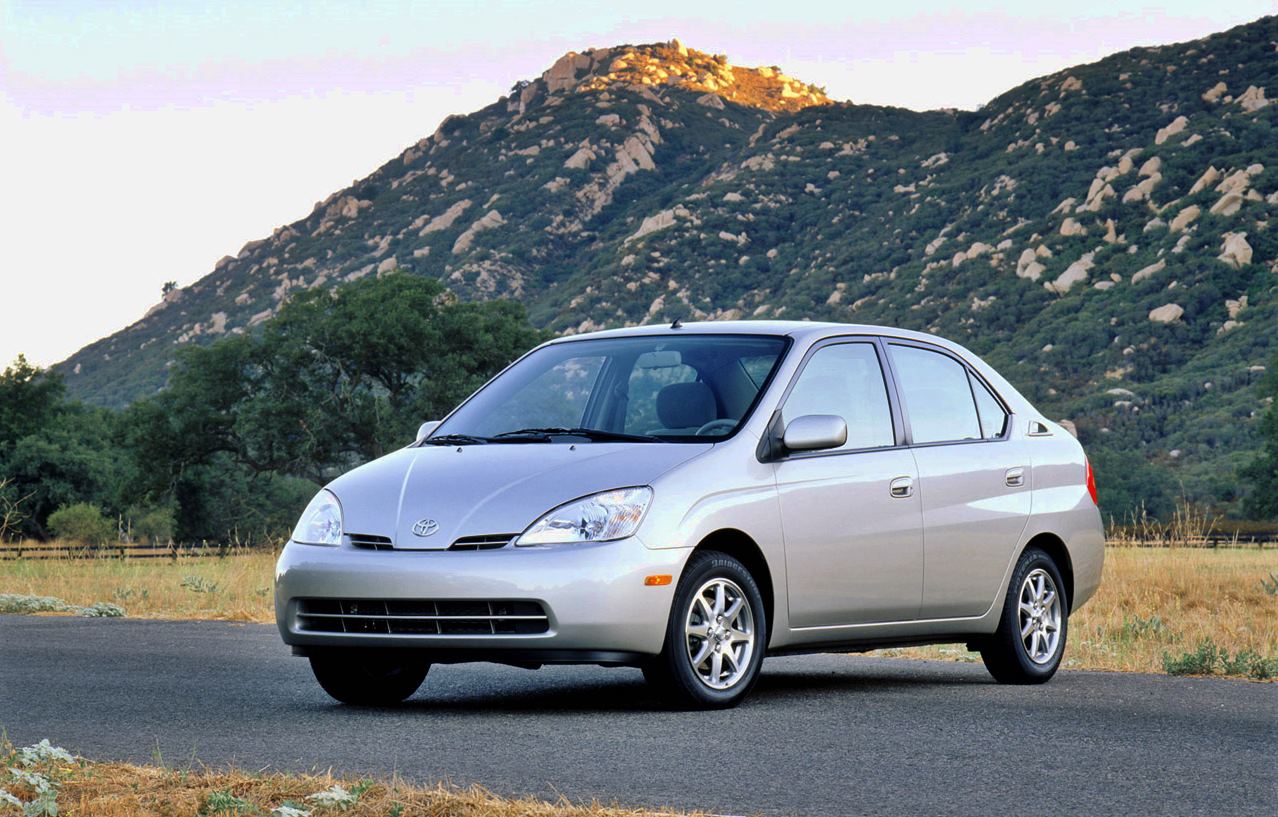
Faster electrification with hybrids
Besides battery electric vehicles (BEVs), hybrid powertrains will also be available as well as cleaner combustion engines. With hybrids being less costly, at least some degree of carbon dioxide reduction can begin faster with greater adoption of these electrified vehicles, rather than wait longer for battery electric vehicles (BEVs) to become affordable.
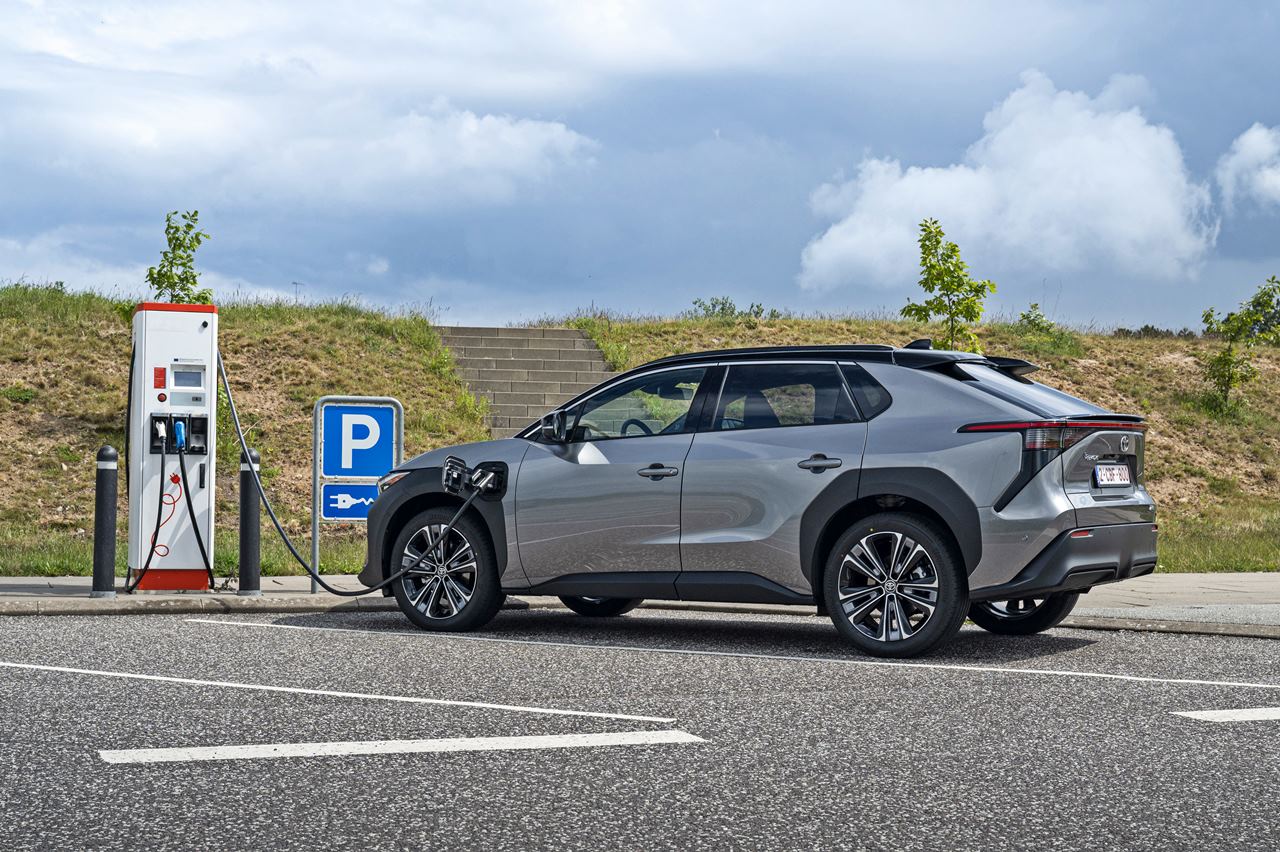
Continued development of hybrids
While Toyota is busy BEVs, it is also making more models with hybrid powertrains available. These include the all-new second generation of the C-HR which has been designed, engineered and built in Europe.
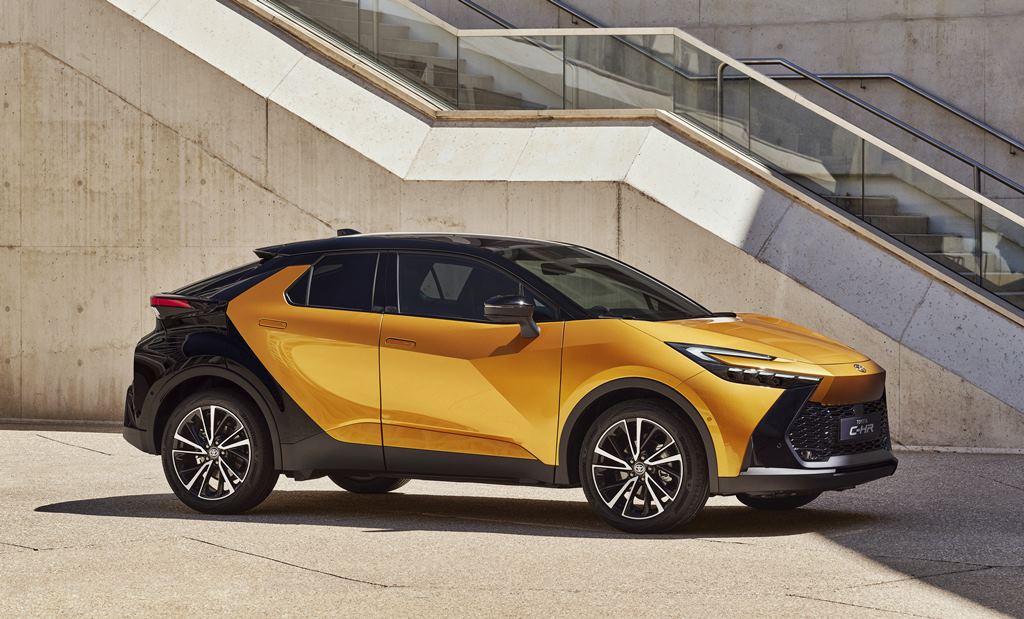
The new crossover will be available with hybrid powertrains using 1.8-litre and 2-litre petrol engines, the latter in a GR Sport version which will have all-wheel drive. To reduce environmental impact, the new C-HR has double the content of recycled plastic compared to the first generation.
Mild Hybrid Electric Vehicle
Larger models are also being electrified and the new Land Cruiser Prado, for example, has 48V technology combined with its 2.8-litre turbodiesel engine. This is referred to as a Mild Hybrid Electric Vehicle (MHEV) system which has a small electric generator. The system helps to reduce fuel consumption and more importantly, also reduces carbon dioxide emissions.
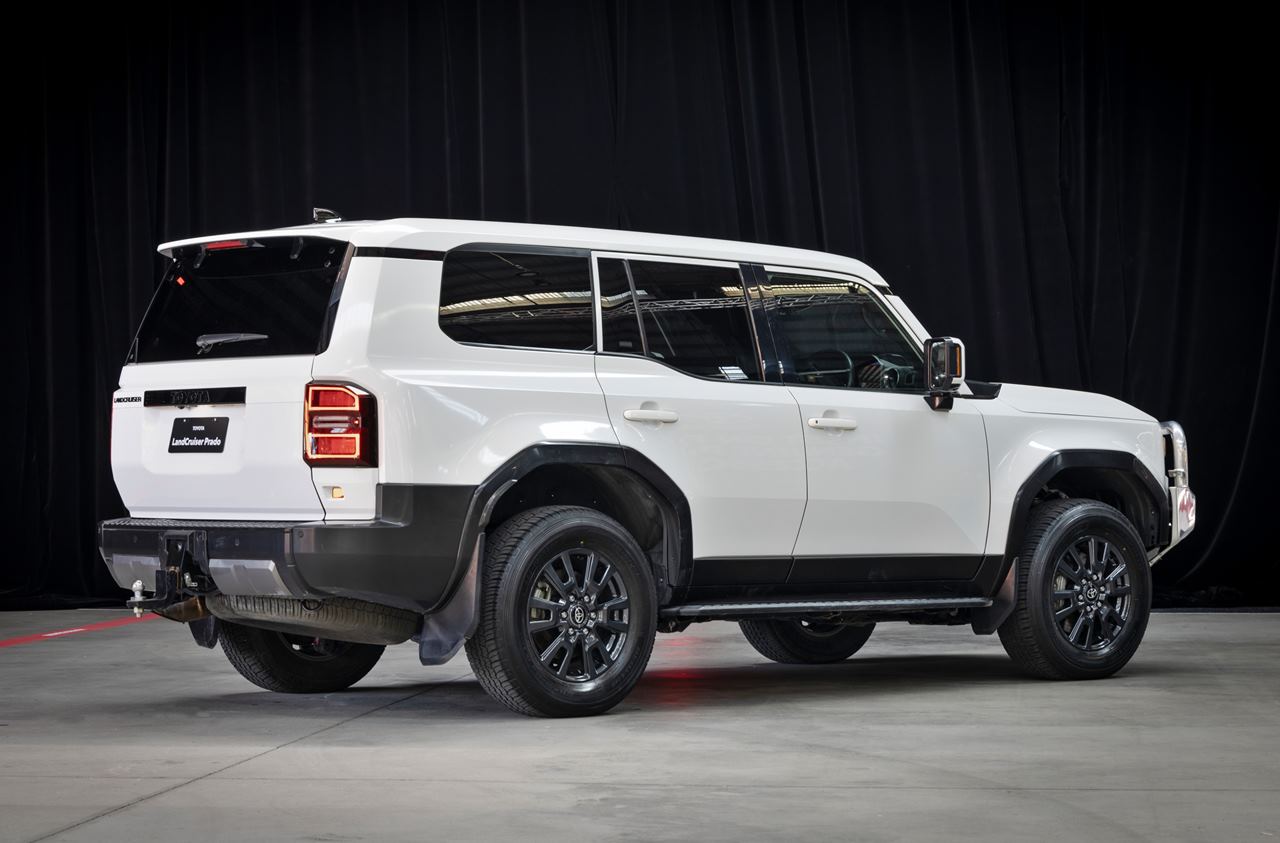
In the ASEAN region, Toyota has focussed on hybrid technology as the more suitable approach for electrification. Various countries in the region have only begun to step up electrification efforts on a national scale in the past couple of years so BEVs may not be the best solution during this decade.
Hybrid technology more practical
Toyota’s choice of hybrid technology is more practical because the battery pack is self-charging. It recharges as the vehicle moves, even capturing dispersed energy during braking for regeneration. Therefore owners do not have to be concerned about finding charging stations which are still limited in number and coverage.
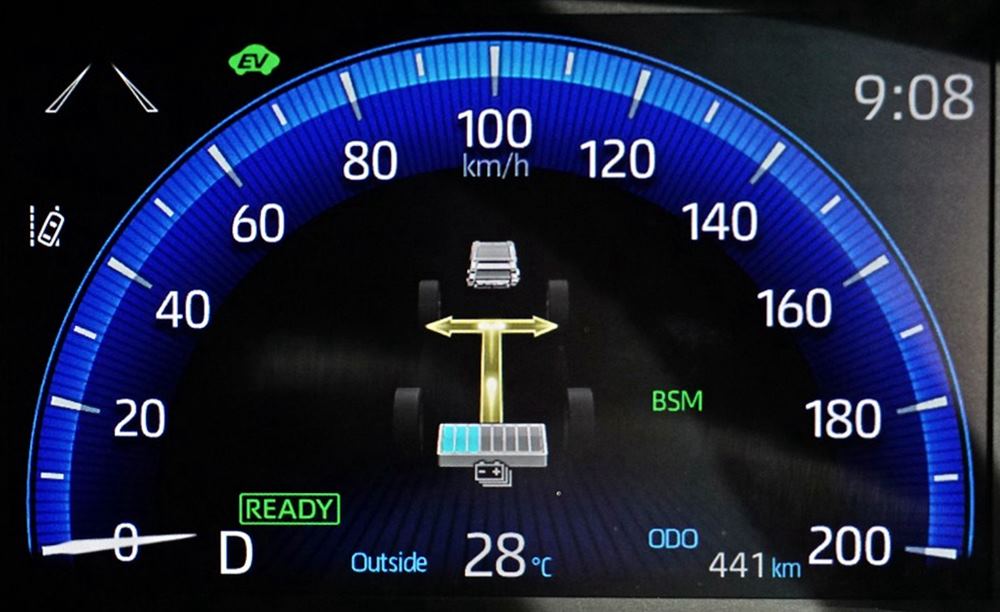
In Malaysia, hybrid technology was introduced with the Corolla Cross Hybrid last year. To bring the price down as much as possible by using government incentives available, the model is assembled locally. More recently, the electrified range was joined by the Innova Zenix Hybrid.
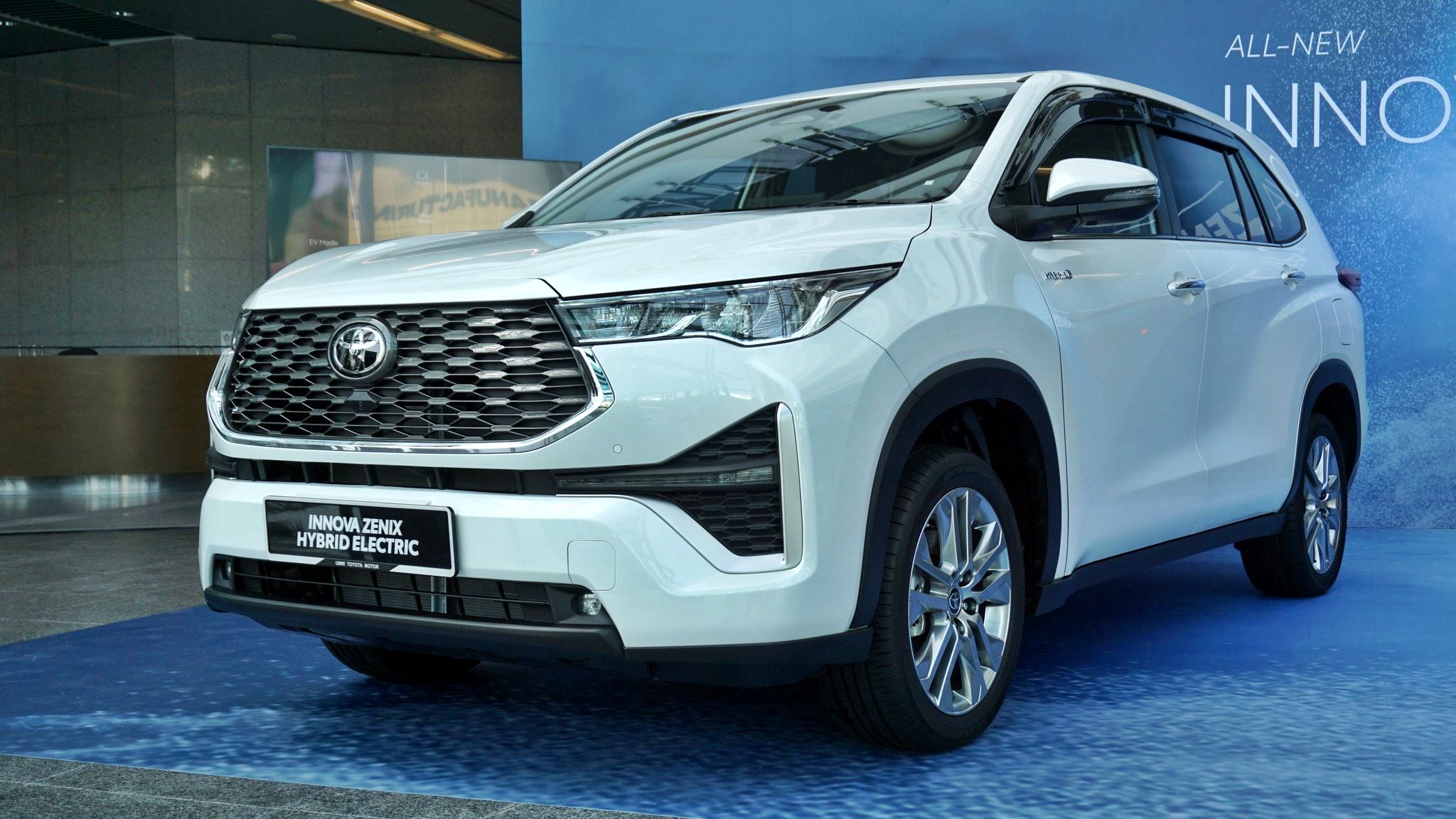
Toyota has already shown a Hilux Hybrid prototype during this year’s Safari Rally. This uses a similar MHEV system as the new Land Cruiser. The MHEV system, while helping to reduce fuel consumption, is said to have no negative impact on the capabilities of the pick-up truck.
The production version is planned for launch in 2024 and as the Hilux is a popular model in Malaysia (in fact, it has been the bestselling truck for years), it should no doubt be offered too.
Click here to find out more about the Toyota hybrid models available in Malaysia.
Toyota shows off Hilux hybrid prototype at Safari Rally Kenya

